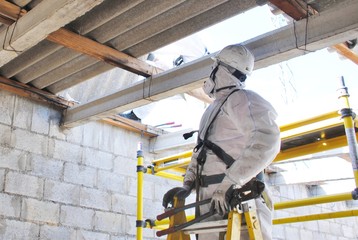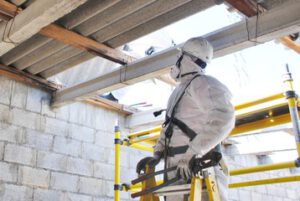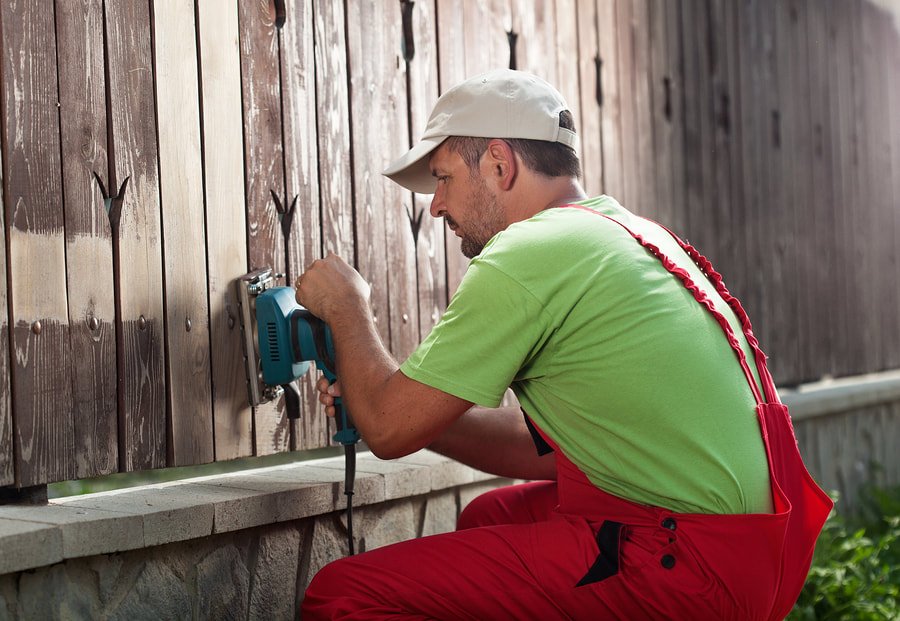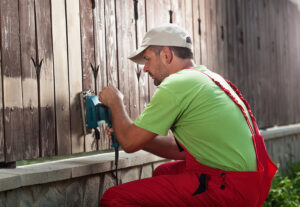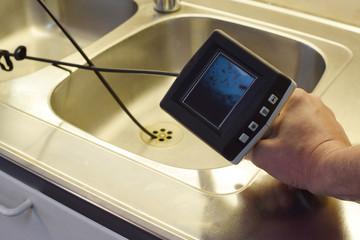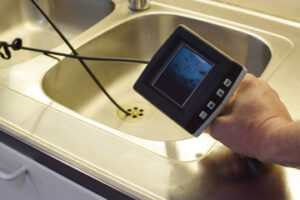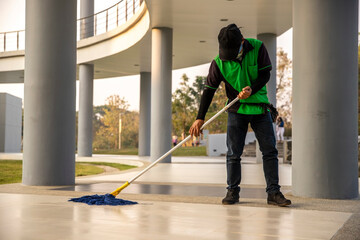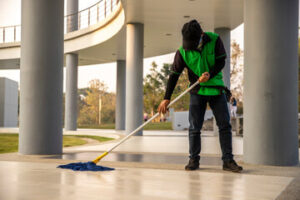Excavating Contractor plays a crucial role in the construction industry, providing essential services that lay the groundwork for various projects. These professionals are responsible for preparing sites for construction by removing soil, rocks, and debris, ensuring that the land is suitable for building.

Their work is fundamental to infrastructure development, as they create stable foundations for roads, bridges, buildings, and other structures. Excavation is not just about digging; it involves precise planning, site evaluation, and the use of specialized equipment to achieve the desired outcome efficiently and safely.
Before any excavation begins, a thorough site assessment must be conducted. The contractor examines the land, determines the soil composition, and identifies potential obstacles such as underground utilities, large rocks, or unstable ground conditions. A detailed survey helps in planning the best approach to excavation while minimizing risks. Environmental factors also play a significant role in excavation work. Contractors must ensure that their activities comply with regulations to prevent soil erosion, protect water sources, and minimize the impact on surrounding ecosystems. Proper drainage planning is essential to prevent water accumulation that could compromise the integrity of the structure being built.
Excavating contractors use a wide range of machinery and tools to carry out their tasks efficiently. Heavy equipment such as excavators, bulldozers, backhoes, and dump trucks are commonly used to move large volumes of soil and debris. The choice of equipment depends on the project requirements, the type of soil, and the depth of excavation needed. In some cases, specialized machinery may be required for tasks like trenching, grading, or demolition. Operating such equipment requires skill and experience to ensure precision and safety. Contractors and their teams undergo extensive training to handle these machines properly and to respond effectively to unexpected challenges during excavation.
Safety is a top priority in excavation work. Due to the inherent risks involved, strict safety protocols must be followed at all times. Cave-ins, equipment malfunctions, and falling debris are common hazards that can lead to serious injuries or fatalities. To mitigate these risks, contractors implement measures such as shoring, sloping, and trench boxes to prevent collapses. Workers are also required to wear protective gear, including helmets, gloves, and high-visibility clothing. Regular inspections of equipment and work areas help identify potential hazards before they cause accidents. In addition to physical safety, contractors must also consider the safety of nearby structures and utility lines. Excavation can sometimes cause damage to underground pipes, electrical cables, or foundations of adjacent buildings. Contractors work closely with utility companies and engineers to locate and mark these utilities before digging begins, ensuring that disruptions and damages are minimized.
The role of an excavating contractor extends beyond excavation itself. These professionals often handle land grading, site preparation, and erosion control. Land grading involves leveling the ground to ensure proper drainage and stability for construction. This process prevents water from pooling around the foundation of buildings, reducing the risk of structural damage. Erosion control measures, such as installing retaining walls or using vegetation to stabilize soil, help protect the landscape and maintain environmental integrity. Site preparation may also include clearing trees, removing old structures, and compacting soil to provide a solid base for construction.
Excavating contractors work on a wide range of projects, from residential to commercial and industrial developments. In residential construction, they prepare land for building homes, driveways, and landscaping features. Commercial projects may involve large-scale excavation for office buildings, shopping centers, and parking lots. Industrial excavation can include preparing sites for factories, warehouses, and infrastructure projects such as highways and bridges. Each project requires a customized approach, considering factors like soil conditions, drainage requirements, and project timelines. Contractors must be flexible and adaptable to handle the unique challenges that come with different types of excavation work.
Project management is another critical aspect of an excavating contractor’s responsibilities. Coordinating with engineers, architects, and construction teams ensures that excavation work aligns with overall project goals and schedules. Contractors must also manage their teams efficiently, assigning tasks, monitoring progress, and addressing any issues that arise. Time management is crucial in excavation projects, as delays can have a cascading effect on the entire construction timeline. Efficient planning and execution help keep projects on track and within budget.
Excavating contractors often face unpredictable challenges, such as weather conditions, soil instability, and unforeseen underground obstacles. Heavy rainfall can make excavation sites muddy and unstable, delaying progress and increasing the risk of accidents. Contractors must have contingency plans to address such challenges, including adjusting work schedules or implementing temporary support structures. Unforeseen underground objects, such as buried debris or historical artifacts, may require additional steps, including working with archaeologists or environmental agencies to handle discoveries appropriately. Flexibility and problem-solving skills are essential for contractors to navigate these challenges effectively.
The business aspect of excavation contracting is equally important. Running a successful excavation business requires knowledge of cost estimation, bidding, and financial management. Contractors must provide accurate cost estimates to clients, considering factors like labor, equipment, fuel, and disposal fees. Competitive bidding is essential to securing projects, and contractors must balance affordability with quality service to attract clients. Financial management involves tracking expenses, maintaining equipment, and ensuring profitability. Effective business operations help contractors sustain their work and grow their reputation in the industry.
Environmental responsibility is becoming increasingly important in excavation work. Sustainable practices, such as recycling excavated materials, reducing fuel consumption, and using eco-friendly equipment, help minimize the environmental impact of excavation projects. Contractors may also be involved in land reclamation efforts, restoring sites after excavation is complete. Responsible excavation practices benefit not only the environment but also the reputation of contractors, as clients and regulatory agencies place greater emphasis on sustainability.
The demand for excavating contractors remains strong as construction and infrastructure projects continue to expand. Urban development, road construction, and commercial projects require skilled excavation professionals to prepare land efficiently and safely. As technology advances, excavation methods are also evolving. The use of GPS-guided machinery, automated equipment, and digital modeling tools enhances precision and efficiency in excavation work. Contractors who stay updated with industry advancements and invest in modern equipment gain a competitive edge in the market.
An excavating contractor’s role is indispensable in the construction industry, requiring a blend of technical expertise, safety awareness, project management skills, and business acumen. Their work lays the foundation for buildings, roads, and various infrastructure projects, ensuring that construction proceeds smoothly and safely. By adhering to best practices, maintaining high safety standards, and embracing technological advancements, excavating contractors contribute significantly to the success and sustainability of construction projects. Their ability to adapt to challenges and implement innovative solutions ensures that they remain essential players in the ever-evolving world of construction and development.


